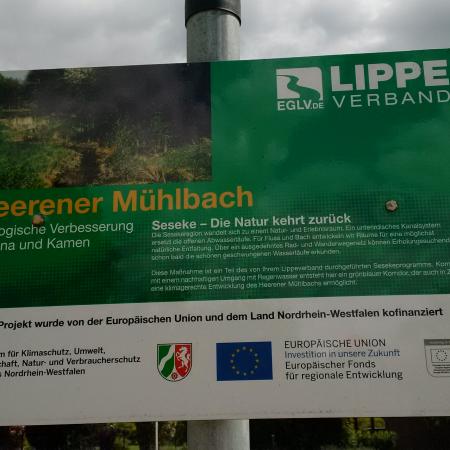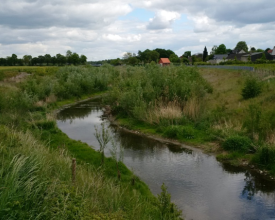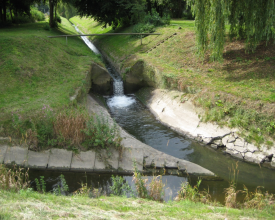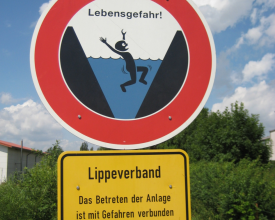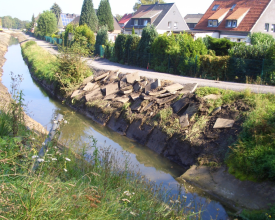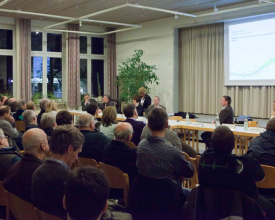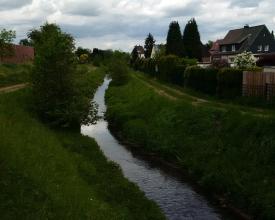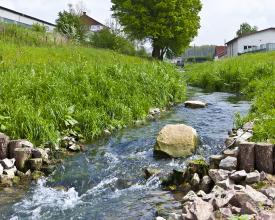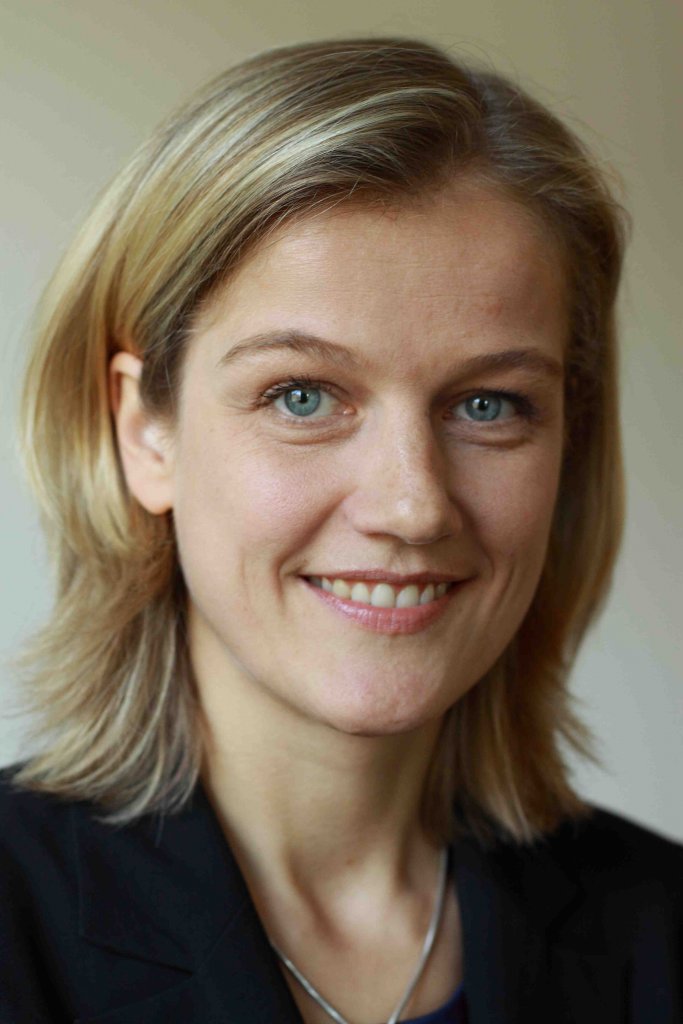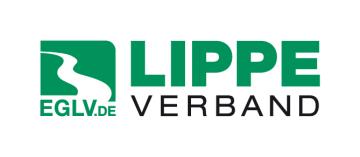
Couloir climatique vert-bleu Kamen - Déconnexion des eaux de pluie des réseaux d'égouts pour prévenir les inondations urbaines
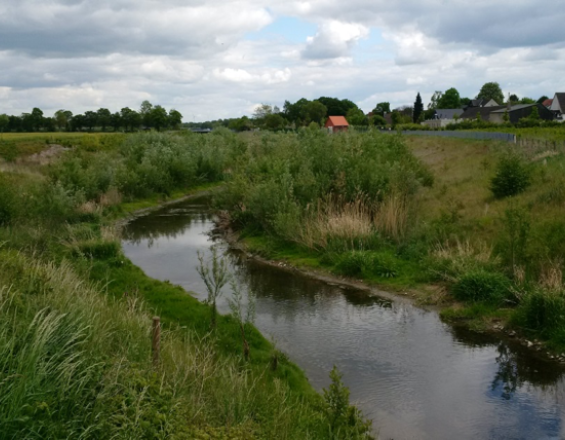
Contexte
Défis à relever
Emplacement
Traiter
Résumé du processus
L'amélioration écologique du ruisseau Heerener Mühlenbach par la "transformation du plan d'eau en berges naturelles" (BB3), combinée à la déconnexion des eaux pluviales des zones pavées voisines, est prête à contribuer de manière significative à l'affaiblissement des impacts potentiels du changement climatique. Si les effets du changement climatique ne se concrétisent pas comme prévu, la "sélection de mesures d'adaptation sans regret" (BB2) permettra tout de même d'obtenir un certain nombre d'avantages. Les habitants de la région bénéficient de meilleures conditions de vie grâce aux activités récréatives qu'offre désormais la rivière. "Engager les citoyens à mettre en œuvre des mesures d'adaptation" (BB1) est également une excellente occasion de les sensibiliser au cycle de l'eau et à leur propre responsabilité en matière de développement durable. Cet aspect est fortement soutenu par la "stratégie de communication visant à accroître la compréhension et le soutien de la prévention des inondations" (BB4). Au niveau municipal, la ville est devenue plus attrayante grâce aux innovations écologiques. Pour l'agence de l'eau Lippeverband, une telle mesure sans regret est également un moyen de respecter la directive-cadre européenne sur l'eau, d'améliorer la résistance aux inondations et de permettre un traitement de l'eau plus rentable.
Blocs de construction
Engager les citoyens à mettre en œuvre des mesures d'adaptation
Facteurs favorables
Leçon apprise
Sélection de mesures d'adaptation sans regret
Facteurs favorables
Leçon apprise
Transformer le plan d'eau en berges naturelles
Facteurs favorables
Leçon apprise
Stratégie de communication pour améliorer la compréhension et le soutien à la prévention des inondations
Facteurs favorables
Leçon apprise
Impacts
Bénéficiaires
Objectifs de développement durable
Histoire
